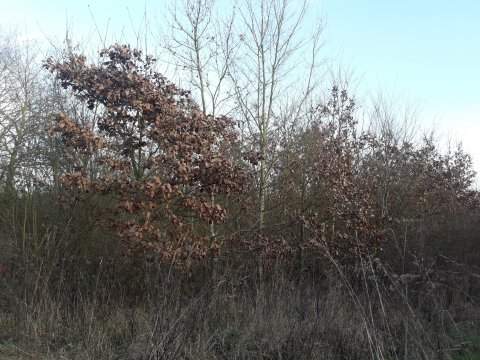Remember? Before we had viruses to make our lives hell, the world worried about forest fires. As we know, it turns out that the best way of avoiding most of them is to turn forests into silvopastoral systems, i.e. to graze livestock in them.
Not only does this remove fuel from the forest floor and turn it into something tasteful and nutritious called "meat", but it also locks an enormous amount of atmospheric carbon into the soil. So much so, in fact, that it is one of the biggest drawdown tools at our disposal.
But isn't that unnatural? Shouldn't forests be left free of such interference? No, on the contrary. Ever since Frans Vera published his magisterial "grazing ecology", we've known that the closed canopy forest we consider natural is anything but, at least in temperate zones. Before human intervention, Europe's and North America's landscapes would have been a mosaic of woodlands, savannas and parklands, and wetlands.
A four-year study carried out under AGFORWARD looking at land use in Cyprus, France, Greece, Italy, Portugal and Spain found that grazing animals were effective at reducing wildfires. “I get the impression that wildfires would still happen, but agroforestry is a way of minimising them,” says Dr Paul Burgess, a reader in crop ecology and management at the Cranfield Soil and Agrifood Institute (photo).
But you know all this. So why mention it here? Simply because one of the world's pre-eminent English language newspapers, the Guardian, had this article about it. In the wake of destruction caused by wildfires, most recently in Australia, experts are seeking ways of limiting their impact by managing forests better - and turning to our science.












